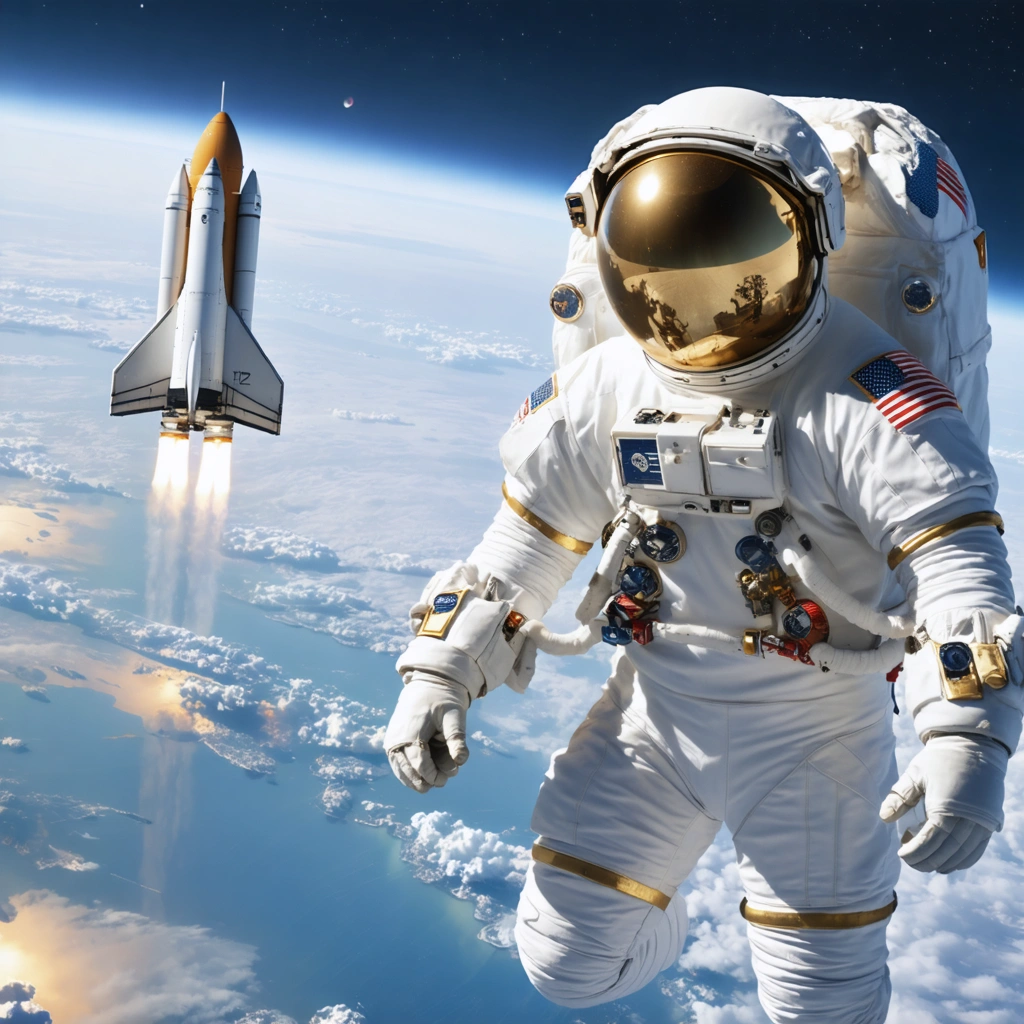
Introduction to the Mission
The recent SpaceX rocket launch has marked a pivotal milestone in orbital return missions, as two astronauts prepare for their journey back to Earth after nine months in space. This period, which has resulted in extensive scientific research and technological testing aboard the spacecraft, is now coming to a close. The delayed scheduling of the return flight underscores both the logistical complexities of long-duration space missions and the continuous evolution of mission safety and efficiency protocols. In addition, the arrival of a new crew is set to breathe new life into the ongoing operations in low Earth orbit, signaling a seamless transition that underscores SpaceX’s meticulous planning and the broader commitment of international space partners.
Mission Overview and Operational Achievements
Long-Duration Spaceflight and Return Control
During these nine months, the astronauts onboard conducted numerous experiments that have expanded our understanding of space habitation and operational sustainability. From advancements in medical research to cutting-edge experiments in microgravity physics, the mission has significantly contributed to a body of scientific data, beneficial not only for current space operations but also for future exploratory endeavors. The scheduled return, delayed due to technical and administrative considerations, now offers an opportunity to reconnect with critical developments on Earth, as well as to analyze the performance of the onboard systems under prolonged orbital conditions.
Crew Transition and Future Preparedness
The transition process, which involves bringing in a new crew just before the return journey begins, is integral to continuous operations in orbit. With the new crew’s arrival scheduled just two days before the departure of the returning astronauts, SpaceX has ensured there is no gap in operational capability. This borderless handover demonstrates not only robust logistical planning but also a strategic framework designed to reduce the risks associated with crew changeovers in space. Key factors influencing this process include:
- Careful scheduling to minimize orbital downtime.
- Comprehensive crew training programs to ensure continuity in operations.
- Enhanced communication protocols between Earth-based mission control and the spacecraft.
Technological Innovations and Safety Protocols
Launch Vehicle Enhancements
SpaceX’s sustained commitment to technological innovation is evident in the upgrades made to its rocket launch systems. These enhancements are aimed at improving safety margins, boosting efficiency, and reducing mission turnaround times. Some of the most notable improvements include:
- Advanced engine performance adjustments to optimize fuel consumption.
- Refined re-entry and landing algorithms to ensure a smoother Earth return.
- Integration of real-time telemetry systems to monitor spacecraft health during all phases of the mission.
These changes have played a pivotal role in not only ensuring safe return operations but also in paving the way for future long-duration missions. The advancements underscore a broader vision where space exploration becomes increasingly sustainable and closely integrated with Earth-bound scientific efforts.
Safety Protocols and Mission Transparency
Meticulous safety measures have always been at the forefront of SpaceX operations. In this particular mission, the safety protocols extend to both pre-launch and post-mission procedures. Rigorous checks, simulations, and redundant system interventions have been incorporated to guarantee that both the retiree crew and the incoming team experience a seamless transition. A table summarizing the key operational milestones is provided below:
| Milestone | Timeline | Significance |
|---|---|---|
| Initial Launch | Day 0 | Deployment into orbit; commencement of research and operational tasks. |
| Crew Changeover | Day 260+ | Introduction of the incoming crew ensuring ongoing mission management. |
| Return Preparation | Day 275+ | Final evaluations and pre-return system checks. |
| Re-entry and Landing | Day 280+ | Successful return of the astronauts to Earth, concluding the mission. |
Future Prospects and Continued Exploration
Implications for Commercial Spaceflight
The success of this mission is not just a testament to current technological capabilities but also a harbinger of future commercial spaceflight opportunities. As SpaceX continues to pioneer innovative designs and more efficient methods of crew rotation, these advancements are expected to lower the barriers to extended space exploration. In the not-so-distant future, the integration of commercial, governmental, and international partners will likely become more common, leading to:
- Enhanced global collaboration for space research.
- Broader participation of private enterprises in space tourism and research.
- Establishing a robust infrastructure for permanent space-based operations.
Scientific Breakthroughs and Technological Spin-Offs
The ongoing research performed during long-duration missions has already started to yield significant scientific breakthroughs. Innovations developed to support long-term habitation in space have accelerated advancements in medical technology, materials science, and environmental monitoring. Such breakthroughs include new methods for mitigating the effects of microgravity on the human body and the evolution of AI-driven maintenance systems for spacecraft. As each mission builds on the lessons of its precursor, the overall knowledge base expands, fostering a cycle of innovation that directly benefits industries on Earth. The interplay between space technology and terrestrial applications is particularly crucial in:
- Medical advancements deriving from zero-gravity health studies.
- The development of stronger, lightweight materials for automotive and aerospace industries.
- Environmental monitoring systems that provide high-resolution data for climate science.
Operational Excellence and Strategic Vision
In light of the strategic approach maintained throughout the mission, SpaceX exemplifies operational excellence. The synchronized activities between the retuning astronauts and the new crew underscore a well-coordinated operational blueprint that can be replicated for future missions. Moreover, the incident-free return marks a significant milestone that dually emphasizes precision in engineering and the broader strategic forethought applied to every facet of the mission. Reflecting on the lessons learned, mission planners are now better equipped to handle the increasing complexity of space exploration, ensuring a smooth, secure, and efficient approach to returning crews even in uncertain conditions.
In summary, this SpaceX mission not only marks the successful culmination of a long period of vital research and space operations but also sets a promising stage for the future of commercial space travel and sustainable orbit-based research expeditions. The successful transition between crews, the reliability of the revamped launch vehicle, and the robust safety protocols illustrate a comprehensive advancement in aerospace operations, heralding a new age of space exploration that prioritizes safety, research, and continuous progress for the benefit of mankind.







